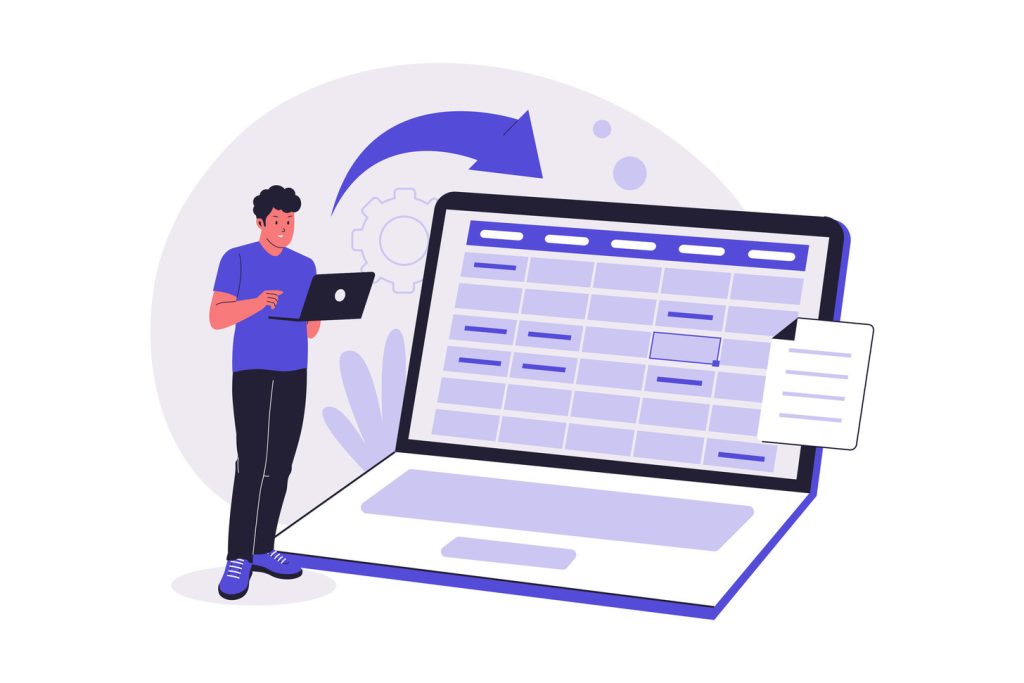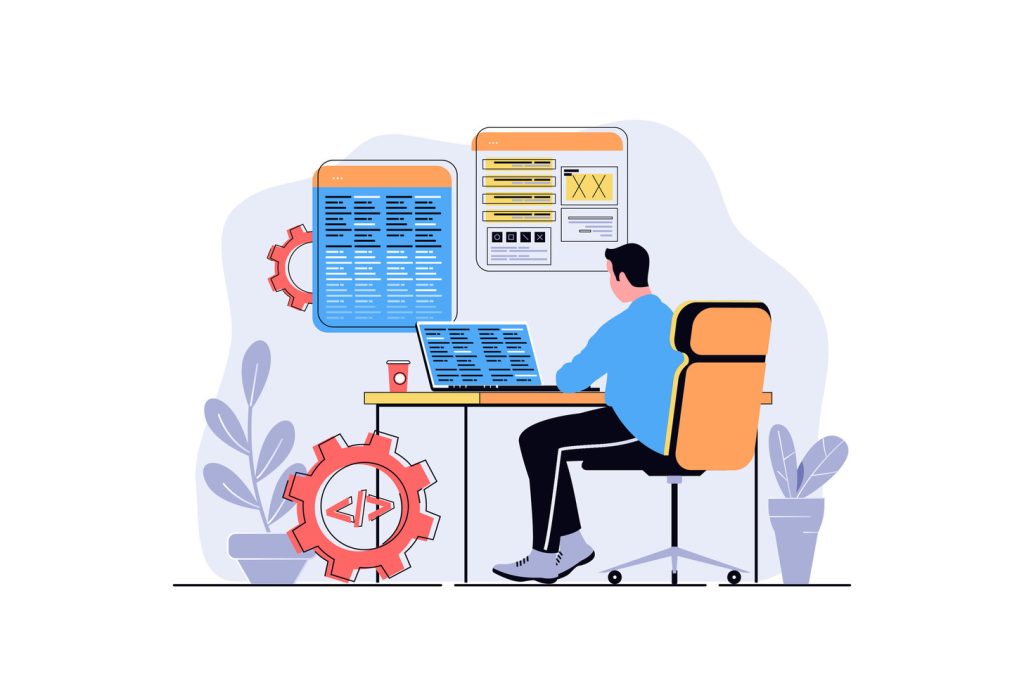Ticket Status Tracking Made Easy: A Practical Guide

Managing support requests efficiently remains critical for businesses aiming to deliver exceptional service. Modern organizations need structured methods to monitor progress, resolve issues quickly, and maintain clear communication. Without proper systems, delays and miscommunication can erode client trust.
Advanced solutions now simplify how teams handle support workflows. Platforms like Sobot’s Ticketing System automate updates and provide real-time visibility into each request’s stage. This transparency helps teams prioritize urgent tasks while keeping customers informed through automated alerts.
Effective management tools directly impact operational performance. They reduce resolution times by identifying bottlenecks early and ensuring resources align with priorities. For decision-makers, this means measurable improvements in service quality and compliance with SLAs.
Centralized systems also unify communication channels to prevent overlooked requests. Features like status dashboards give support teams instant access to critical data while maintaining accountability. The result? Faster issue resolution and stronger customer relationships built on reliability.
Key Takeaways
- Real-time visibility into support workflows prevents delays and improves prioritization
- Automated notifications reduce follow-up inquiries while building client trust
- Centralized systems unify communication channels to maintain accountability
- Advanced analytics help teams identify bottlenecks and allocate resources effectively
- Measurable outcomes include faster resolution times and higher satisfaction rates
Understanding the Fundamentals of Ticket Status Tracking
Clear visibility into support workflows separates average operations from exceptional service delivery. At its core, this process relies on standardized frameworks that map each request’s journey from initiation to completion. These frameworks ensure teams address issues systematically while maintaining alignment with customer expectations.
Defining Ticket Status in Customer Support
A support request’s current phase is communicated through distinct stages like New, Pending, and Resolved. Each stage triggers specific actions: assignment to agents, collection of additional details, or final confirmation from users. For example, a request marked “Awaiting Customer Response” signals the ball is in the client’s court, preventing unnecessary follow-ups.
Well-defined stages create accountability. Teams using uniform definitions reduce miscommunication risks by 47%, according to Zendesk’s 2023 CX Trends Report. This consistency also lets customers check progress independently through self-service portals, cutting inquiry volumes by up to 35%.
Importance of Transparency and Real-Time Updates
Modern platforms automatically notify users when their request moves between stages. One healthcare SaaS provider reduced resolution times by 22% after implementing live dashboards showing active work phases. As their COO noted:
“Clients stopped chasing updates because they knew exactly where their case stood.”
Automated alerts do more than inform—they build trust. When systems flag delays (like overdue responses), teams can reallocate resources proactively. This approach maintains service level agreements while improving first-contact resolution rates by 18% in retail sectors.
Centralizing Your Help Desk System for Streamlined Operations

A unified help desk platform transforms how organizations manage customer interactions by eliminating fragmented workflows. Consolidating support channels into one intelligent interface ensures consistent service delivery while maintaining operational agility.
Benefits of a Centralized Ticketing System
Modern platforms like Infizo Desk automate request logging across email, chat, and portals—no issue slips through cracks. Priority-based routing pushes urgent cases to frontline agents while maintaining SLA compliance. Real-time dashboards show active workloads, letting teams redistribute tasks before bottlenecks form.
OPPO’s implementation proves the value: chatbots resolved 83% of inquiries without human intervention. Their CX lead noted:
“Consolidated systems cut our resolution cycles by 40% while boosting customer trust through transparent progress tracking.”
Integrating Multiple Communication Channels
Customers expect seamless transitions between email, live chat, and self-service portals. Centralized systems merge these touchpoints into single interaction histories. Agents see complete context—previous queries, preferences, and unresolved issues—enabling faster solutions.
Automated alerts notify users when their case moves stages, reducing “awaiting customer response” delays. This proactive approach slashes follow-up calls by 31% according to Gartner, freeing teams to focus on complex problems. The result? Measurable improvements in first-contact resolution rates and service quality.
Implementing Ticket Status Tracking for Efficient Issue Resolution
Structured workflows form the backbone of effective customer support operations. By defining precise stages and automating transitions, teams eliminate guesswork while maintaining consistent service quality. This approach ensures every request follows a logical path from initiation to resolution.
Creating Standardized Resolution Pathways
Predefined categories like New, In Progress, and Awaiting Details establish clear expectations for agents and clients. Automated transitions update cases when specific triggers occur—like reassigning a request or requesting client input. One logistics company reduced miscommunication by 58% after adopting this method.
| Stage | Action Trigger | Impact |
|---|---|---|
| New → In Progress | Agent assignment | 18% faster response times |
| In Progress → Awaiting Details | Information request sent | 31% fewer follow-up calls |
| Resolved → Closed | OTP verification | 99.2% closure accuracy |
Smart Automation for Secure Operations
Platforms like Infizo Desk use rules-based updates to keep stakeholders informed without manual input. When agents need client feedback, systems automatically shift cases to “Awaiting Details” and send reminders after 24 hours of inactivity. A fintech firm using these features achieved 92% SLA compliance.
OTP verification adds security to critical closures. Clients receive unique codes to confirm resolutions, preventing unauthorized changes. As one IT manager noted:
“Since implementing OTP checks, our disputed closures dropped to zero—clients trust the process.”
These strategies create measurable improvements:
- Standardized stages reduce training time by 41%
- Automated reminders cut resolution delays by 33%
- Secure closures increase client retention rates
Leveraging Automation and SLA Monitoring to Improve Efficiency

Automation transforms how teams meet service commitments while maintaining precision. By combining intelligent workflows with performance tracking, businesses eliminate bottlenecks before they impact customers. This approach turns compliance into a competitive advantage.
Automating Status Updates to Reduce Manual Errors
Manual updates create risks—40% of support teams report data entry mistakes delaying resolutions. Systems like Infizo Desk auto-update case phases using triggers like agent assignments or client responses. A healthcare provider cut update errors by 72% after implementing these rules.
Key benefits include:
- Zero-delay tracking: Real-time adjustments keep all stakeholders aligned
- Self-correcting workflows: Escalation rules reroute stalled cases automatically
- Audit-ready logs: Automated timestamps document every action
Tracking SLA Performance and Preventing Breaches
Service-level agreements demand vigilance. Platforms monitor deadlines across priority tiers, alerting teams when response windows narrow. For example, high-priority cases trigger warnings at 90% of their 2-hour response threshold.
One IT director shared:
“Our SLA compliance jumped from 68% to 94% in three months. Alerts let us course-correct before clients notice delays.”
Proactive monitoring also identifies trends. Teams spot recurring bottlenecks in low-priority queues or seasonal demand spikes. This data informs staffing decisions and CRM automation strategies that streamline operations.
Conclusion
Adopting intelligent support management tools reshapes how businesses deliver service excellence. These systems transform chaotic workflows into structured processes where every action aligns with organizational goals. Teams gain precision through automated updates and data-driven insights, turning reactive operations into proactive strategies.
Advanced platforms empower companies to exceed customer expectations consistently. Real-time dashboards provide instant visibility into resolution phases, while automated escalations ensure urgent cases never stall. This combination reduces human error and builds trust through transparent communication at every stage.
Scalable solutions adapt seamlessly as businesses grow. Features like OTP verification and priority routing maintain security and efficiency even during demand surges. Organizations using these tools report 37% faster closure rates and 29% higher client retention compared to manual methods.
The future of customer support lies in unified platforms that balance automation with human expertise. By investing in robust systems now, businesses position themselves to handle evolving challenges while maintaining service quality. Continuous optimization ensures these tools remain aligned with shifting priorities, delivering lasting value across all departments.

